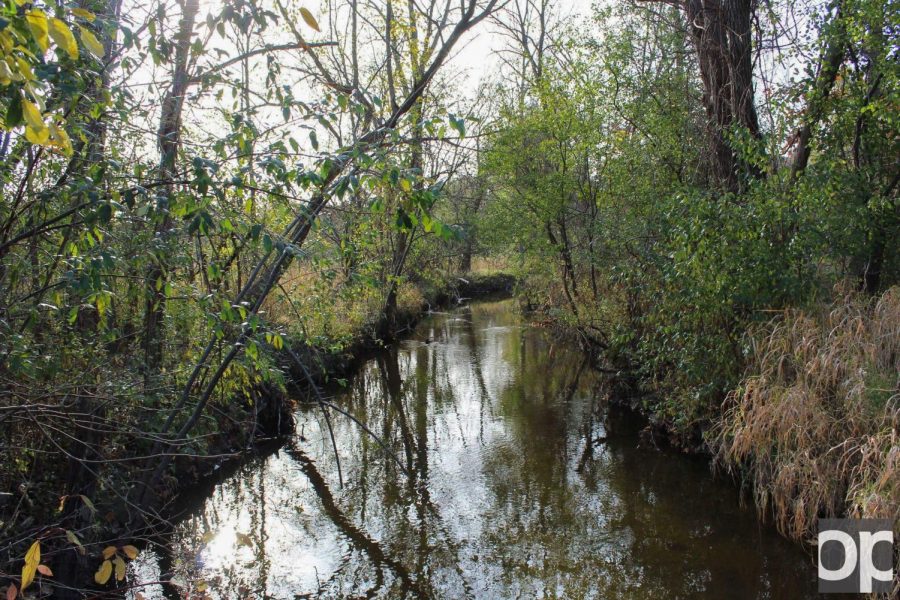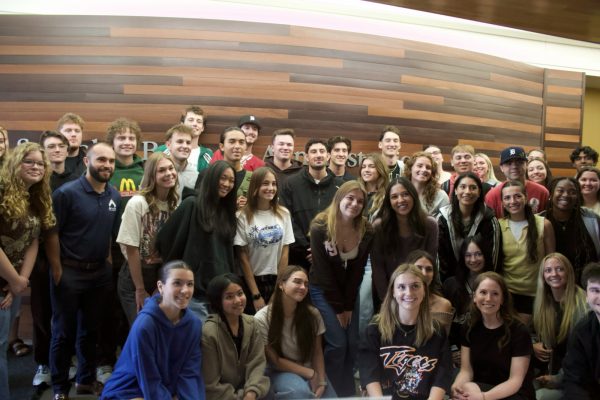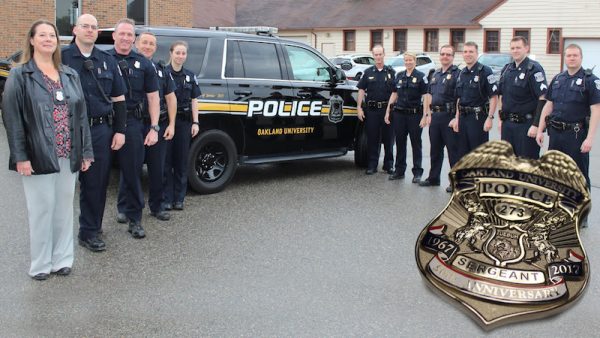Discover OU’s Biological Preserve
Apart from April Fools 2017 when Oakland University tried to convince students that an unidentified large beast had been spotted in the area, the existence of OU’s Biological Preserve has been unknown by much of its community.
Here are some highlights of what the biological preserve has to offer.
Facts & Figures
The 110 acres of land on the south end of campus was declared a biological preserve on Jan. 20, 2000. This was in response to the second golf course being built and the desire to ensure there would be a part of the grounds that would remain protected in the future.
Split into eastern and western sections, it is utilized by the university and surrounding communities for many activities such as hiking, mountain biking, dog walking, mushroom hunting and bird watching.
In fact, two rare species of bird for this area were spotted recently on the preserve. The Connecticut warbler spotting in September is one of only three reported in Southeast Michigan this fall, while on Oct. 20 there was the first-ever sighting of a LeConte’s sparrow in Oakland County and the first in Southeast Michigan since 1983, according to Cornell University’s database.
Classes Enter the Great Outdoors
Many courses within OU’s Department of Biological Sciences have taken to utilizing the area filled with wetlands, meadows, forests and Galloway Creek to add a real-world concept to the studies.
Classes that venture into the preserve include the introductory biology labs, ecology labs, field biology and field botany.
“This is a chance for students to engage a natural ecosystem and perform field measurements and get to experience biology, ecology and fieldwork firsthand,” said Scott Tiegs, an associate professor in the Department of Biological Sciences. “I think it’s something that a lot of schools in the area would like to have.”
Tiegs stream ecology class is largely intertwined with Galloway Creek through using it to collect data on water quality and to characterize fish communities. To date, the class has noted 15 different fish species in the creek.
Other courses’ activities include tree mapping and characterizing wetlands.
Research in Our Own Backyard
Through offering the opportunity for graduate students to conduct research, the Biological Preserve enables the furthering of higher education paired with a greater impact.
According to Associate Professor in the Department of Biological Sciences Keith Berven, graduate student Holly Greiner Hallman recently worked on a study relating to species that are invasive to the preserve while retired faculty member George Gamboa created a long-term study on paper wasps that is still being continued.
Continuous research is also being conducted on Galloway Creek.
While the statistic is not entirely limited to the Biological Preserve, research from Oakland’s preserves has resulted in more than 40 publications in international scientific journals since 1980, according to the Biological Preserve’s webpage.
“The preserve is used by students in a lot of different capacities,” said Tiegs. “For our coursework, for relaxation and for research, and I wish people knew this.”









